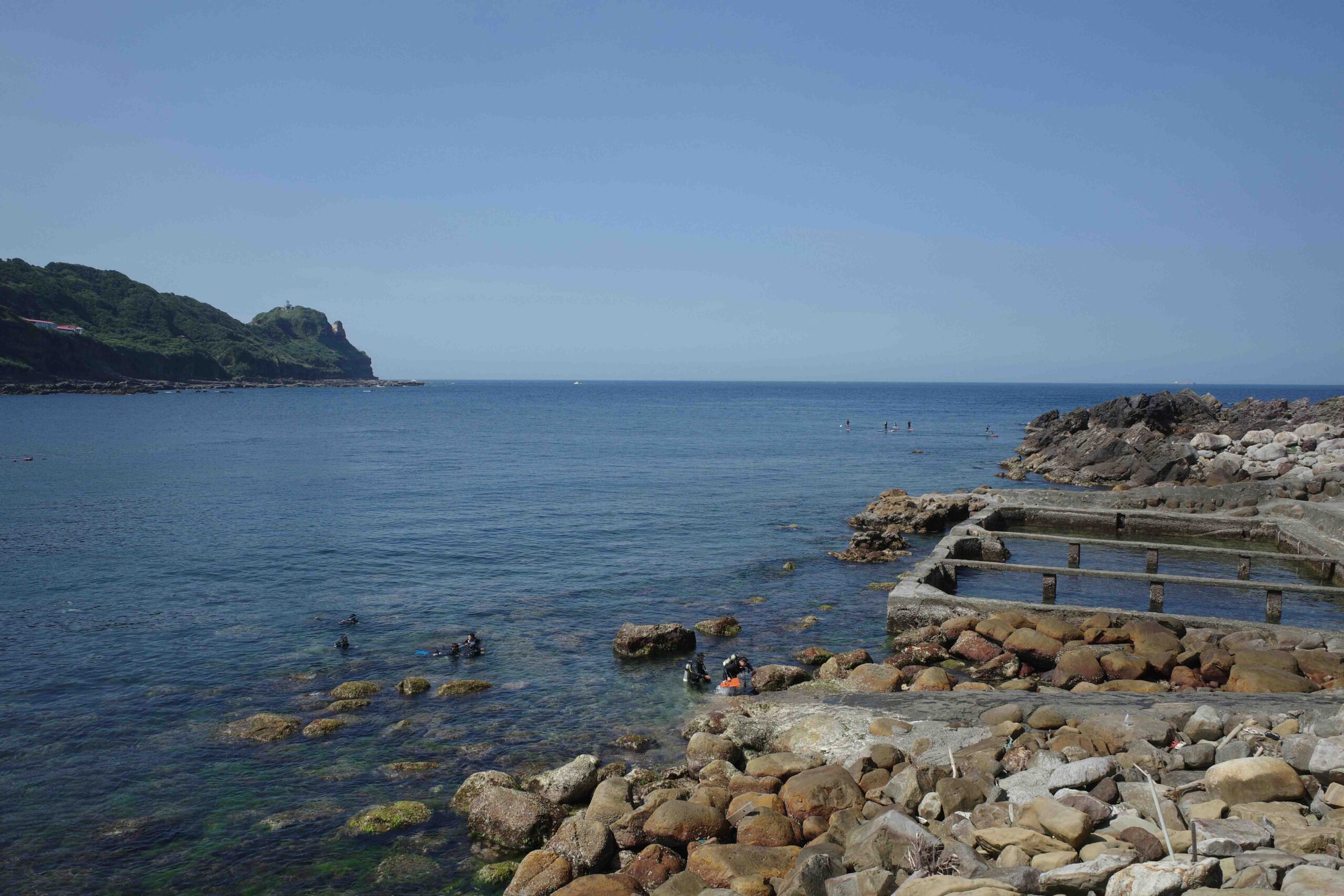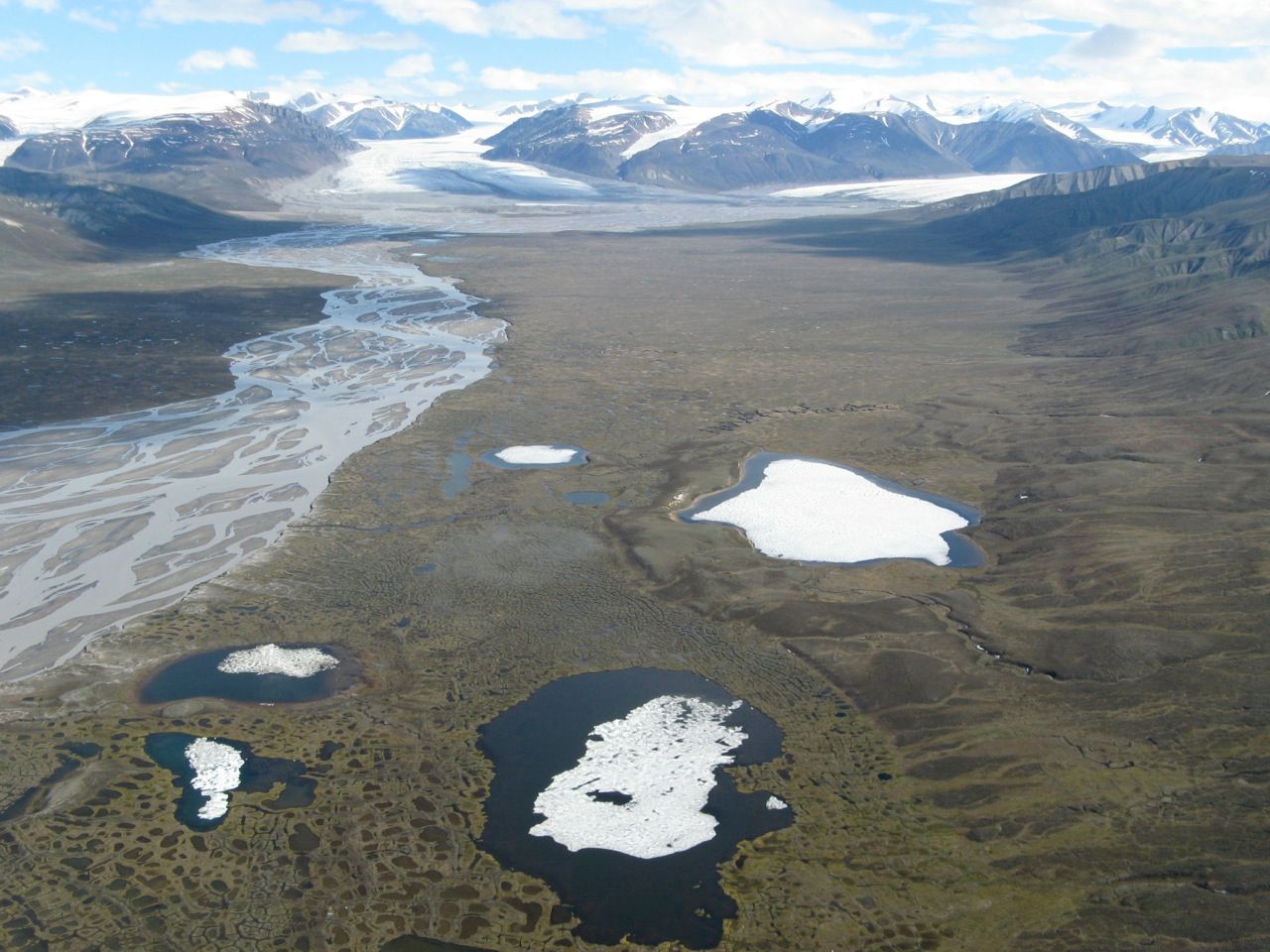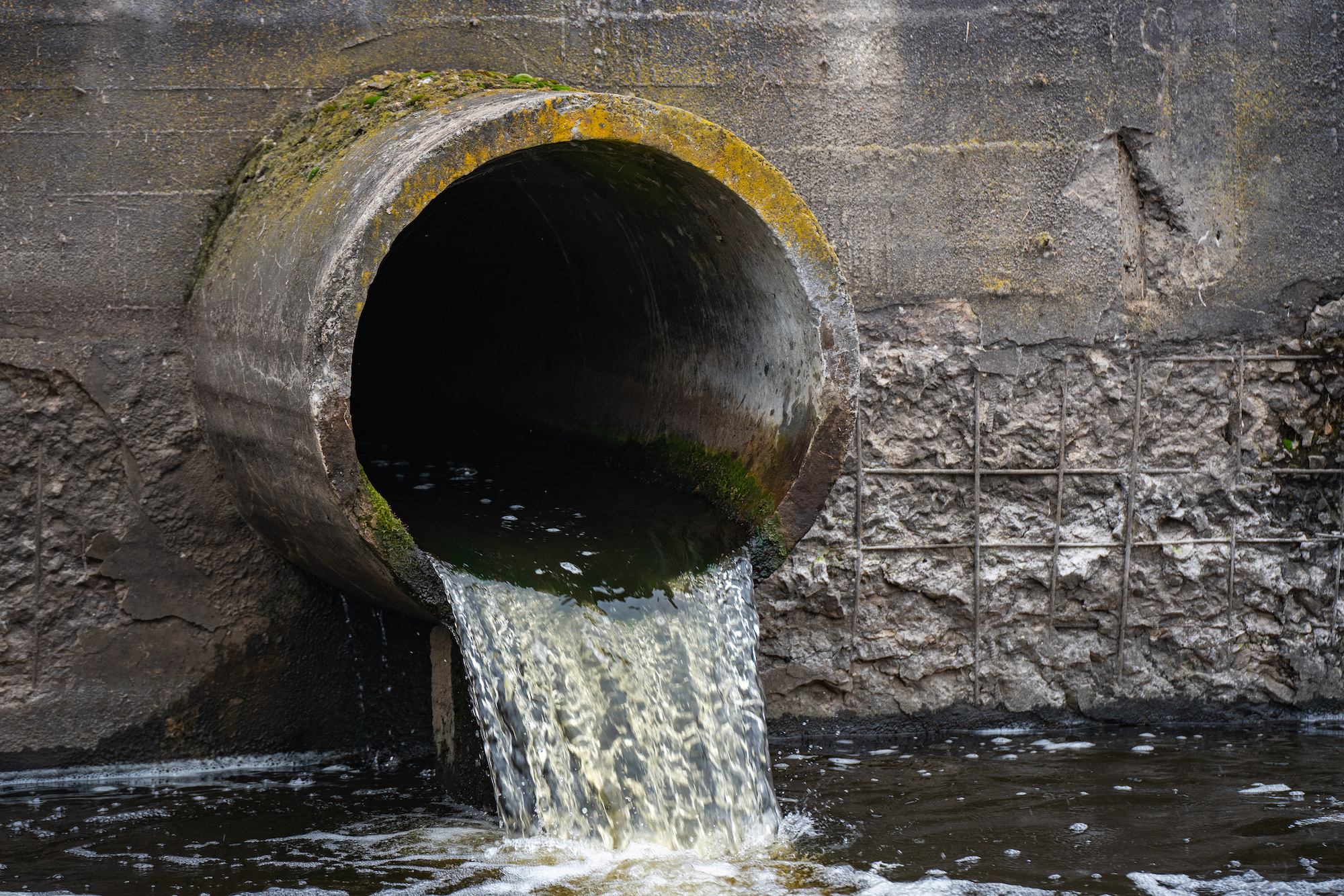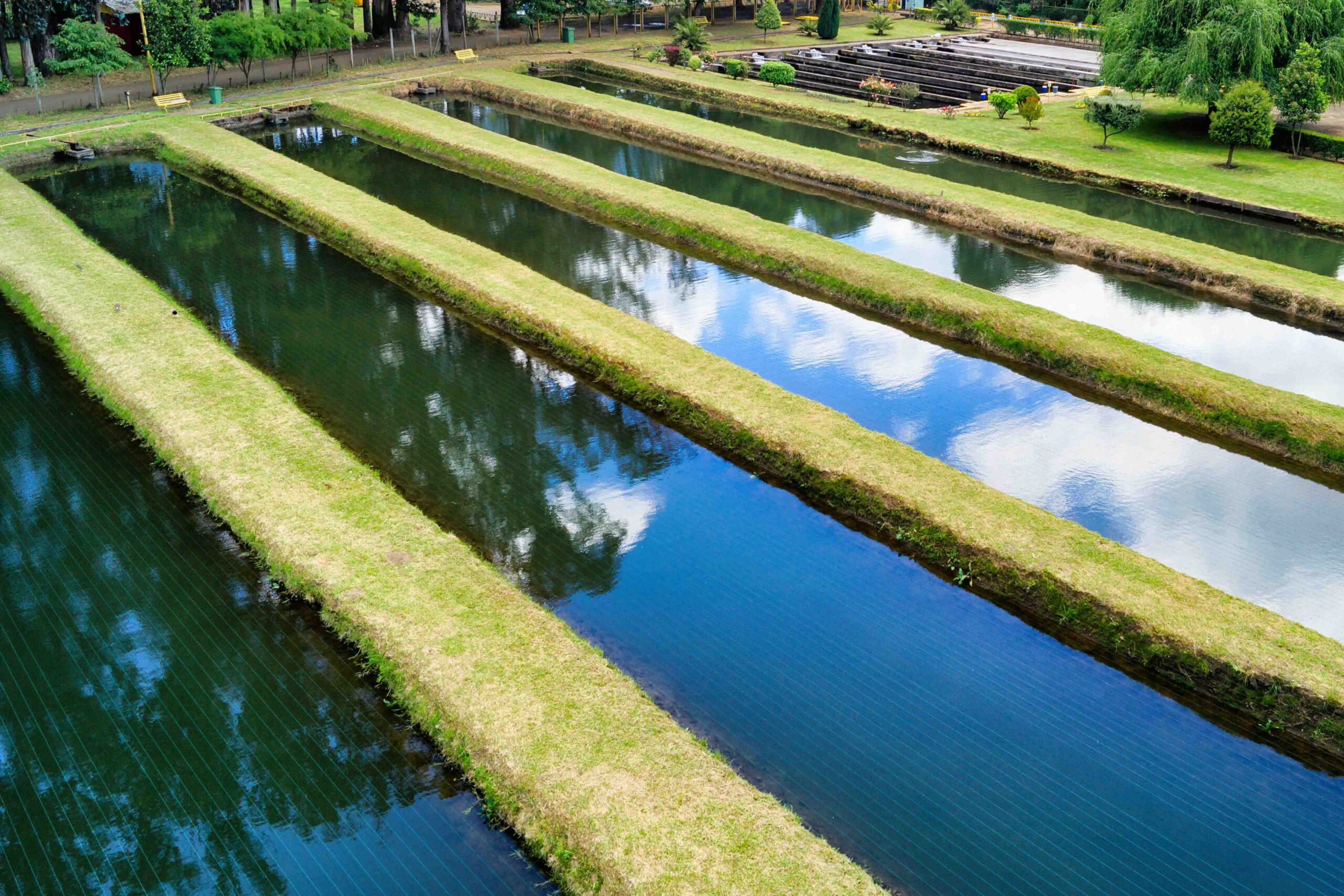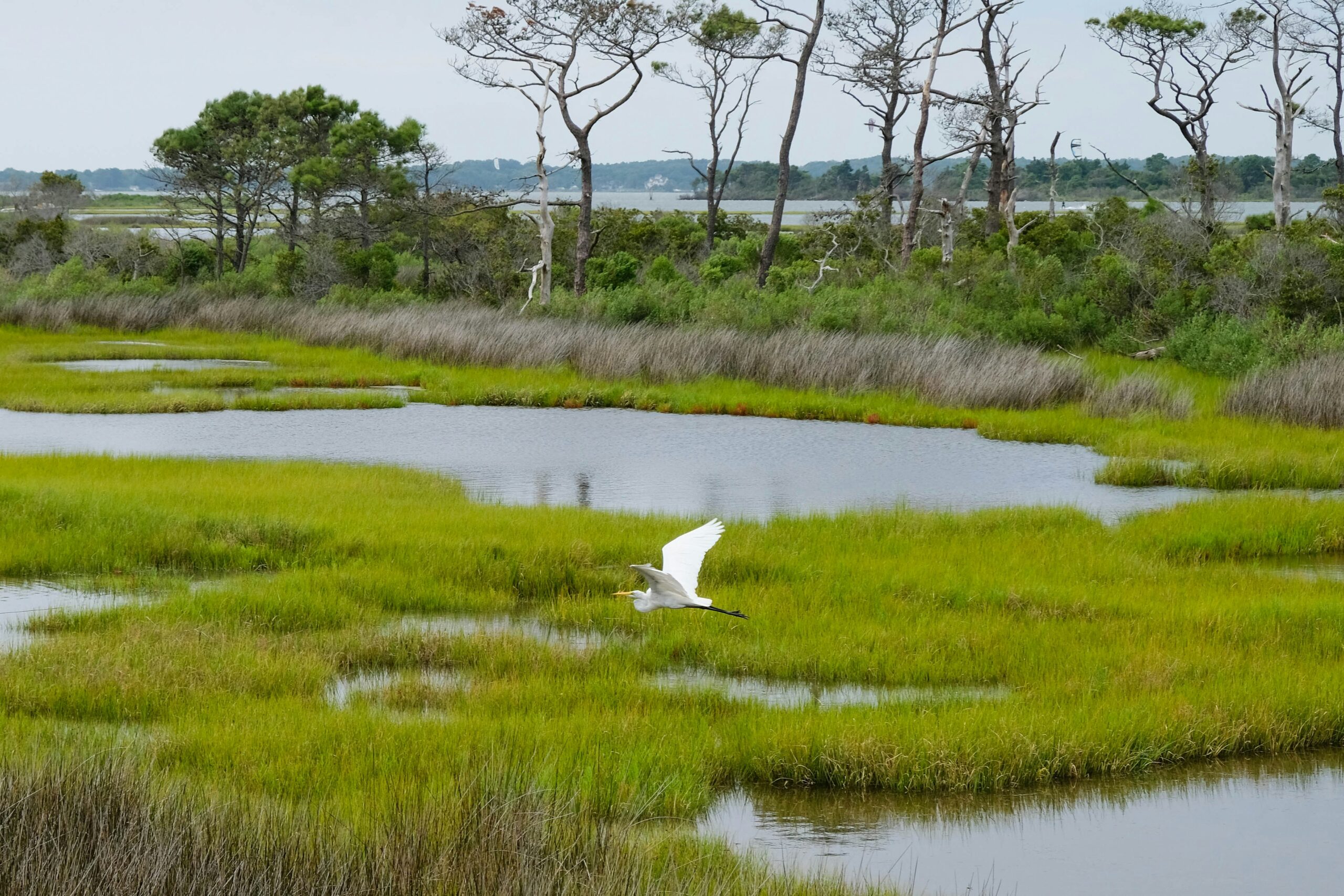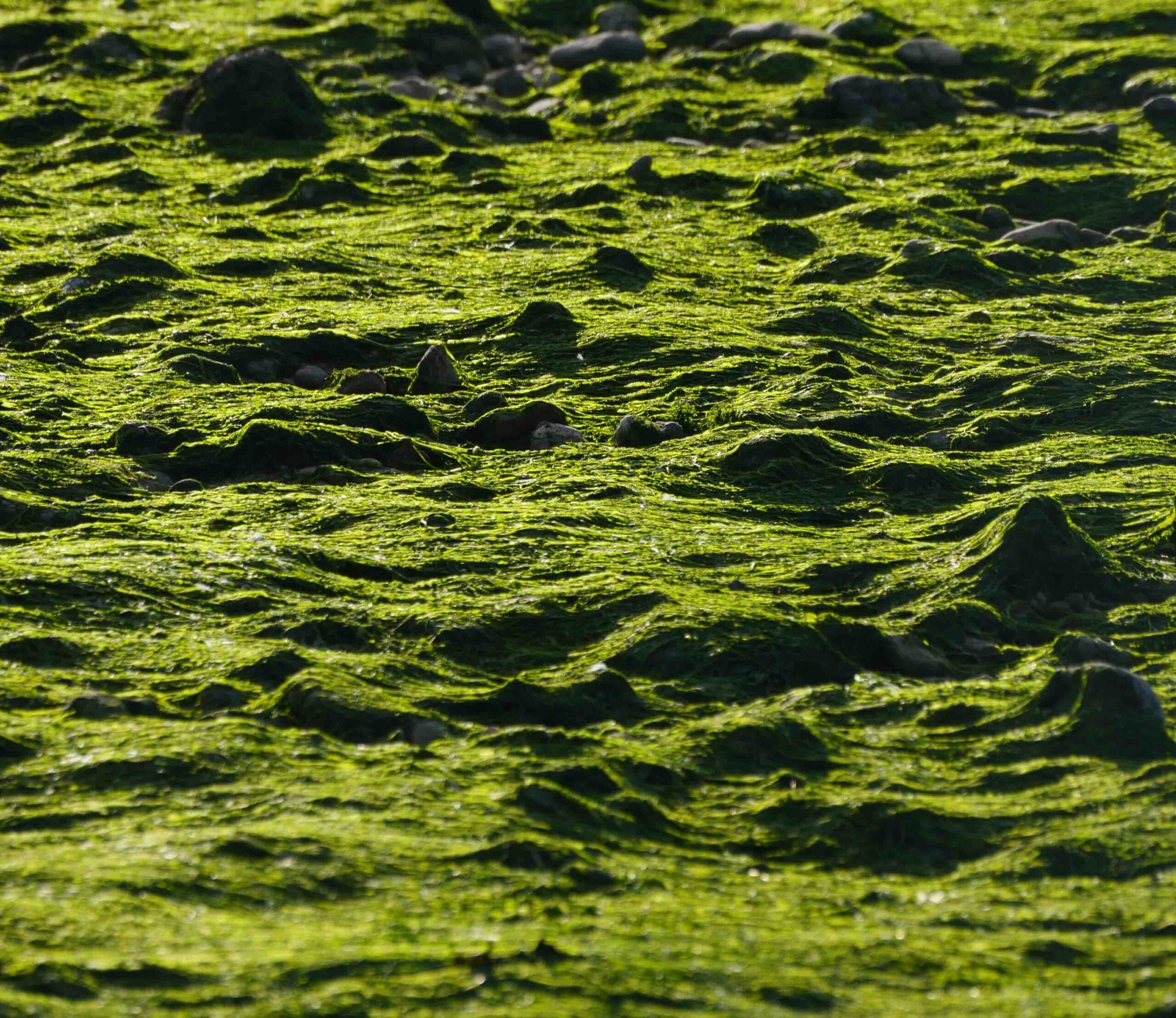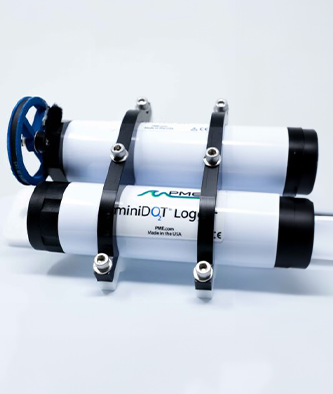Applications
Coastal / Ocean
Coastal environments, the narrow transitional areas connecting terrestrial and marine environments, are arguably among the most complex environments on the planet. Coastal and oceanic water quality monitoring requires durable instruments to support research in the world’s most challenging waters.
Surface Water
Water bodies such as rivers, lakes and swamps (known collectively as surface water) are often our most readily accessible sources of freshwater. Contamination of these surface waters may compromise public health. Water quality monitoring is a vital tool to ensure minimal or controllable contamination occurs in these water sources.
Source / Raw Water
Source water refers to sources of water such as reservoirs, rivers, streams and lakes that provide water to public drinking water supplies or private wells. Monitoring source water offers us insights into the quality of water supplied to these networks, shedding light on the background and safety of the water as it relates to human consumption.
Wastewater
Wastewater, also referred to as sewage, includes water from residential, commercial and industrial use. The National Pollution Discharge Elimination System (NPDES) was created by the EPA under the Clean Water Act of 1972. The NPDES issues wastewater permits, which specify both the volume and the degree of allowable pollution that can be discharged into the immediate environment. An important step in mitigating or predicting hazardous pollution is to monitor and decrease the amount of wastewater dumped into aquatic habitats.
Wetlands
Wetlands are where water covers the soil or is near the surface of the soil for much of the year. Wetland ecosystems constitute the immediate interface between aquatic and terrestrial ecosystems. The ecological composition of healthy wetlands can improve water quality by removing pollutants like harmful bacteria from surface waters, but this beneficial capacity is being threatened by human activity.
Subsegment of Coastal/Ocean and Source/Raw Water
Harmful Algal Blooms (HABs)
Harmful algal blooms (HABs) are excessive algae growth that have negative impacts on other organisms in the water. They can consist of cyanobacteria (blue-green algae) or dinoflagellates/diatoms (microalgae or red tide). Recent years have seen a noticeable increase in the number of HABs, much to the detriment of nearby bioecological systems. Water quality monitoring can facilitate early detection of HABs and offer insights into the dynamics and impacts of ongoing blooms.


